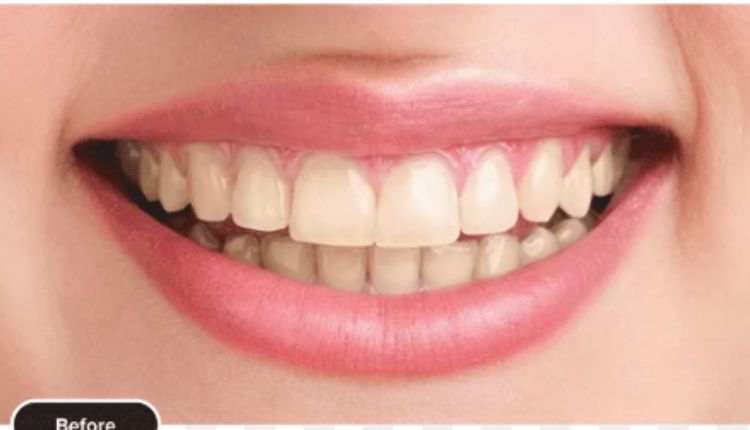Going to the dentist can be daunting for kids. However, creating a positive experience at the family dentist’s office can change that. A child-friendly environment helps kids feel more at ease. Simple touches like bright colors and fun decorations can make a big difference. Interactive toys and books in the waiting area keep them entertained and distracted. It’s also crucial for the staff to be welcoming and kind. When a dentist in Vancouver, WA, uses gentle language and explains each step, kids understand and feel safe. A reward system, like stickers or small toys, can make the visit more appealing. Education is important too. Teaching kids about dental health can empower them. It makes them feel involved and responsible. With the right environment and approach, kids can look forward to visiting the dentist. This helps build good habits that last a lifetime.
The Importance of a Child-Friendly Environment
Designing a child-friendly dental office is about promoting comfort and happiness. Bright colors and playful decorations catch a child’s eye, making the space inviting. Waiting areas filled with interactive toys and books distract kids from any anxiety they might feel. These elements can make waiting a fun part of the visit.
The Role of Staff in Creating Comfort
Welcoming and kind staff play a crucial role. When dental professionals use simple language to explain what they are doing, it helps kids feel informed and less scared. A caring demeanor from the dentist can make procedures seem less intimidating. By establishing trust, children are more likely to cooperate and feel at ease.
Reward Systems: Encouraging Positive Experiences
Incorporating a reward system can make a dental visit something to look forward to. Small incentives, like stickers or toys, offer motivation for kids to behave well during their appointments. This strategy not only makes the experience enjoyable but can also foster a positive association with dental care.
Educational Involvement: Empowering Young Patients
Educating kids about dental health is key to empowering them. By teaching children the basics of oral hygiene, we help them understand the importance of their dental habits. This involvement encourages responsibility and can even make them excited about their next visit.
Comparison of Child-Friendly vs. Traditional Dental Offices
| Aspect | Child-Friendly Office | Traditional Office |
| Environment | Bright, colorful, playful decor | Neutral, clinical design |
| Waiting Area | Interactive toys, books | Magazines, basic seating |
| Staff Interaction | Gentle, explanatory | Formal, task-focused |
| Rewards | Stickers, small toys | None typically offered |
| Education | Engaging, age-appropriate | General information |
Long-Term Benefits of Positive Dental Experiences
Creating a positive dental experience for children has long-term benefits. It builds a foundation for good oral hygiene habits. Kids who have positive early experiences are more likely to continue regular dental visits into adulthood. They also tend to have less dental anxiety, which can lead to better overall health.
Supporting Resources and Further Reading
For more information on promoting oral health in children, consider visiting the Centers for Disease Control and Prevention. They offer valuable insights into maintaining oral health from an early age. Additionally, the American Academy of Pediatric Dentistry provides resources for parents and caregivers to ensure healthy smiles for kids.
Conclusion
Transforming a dental visit into a positive experience for kids requires a thoughtful approach. By focusing on a welcoming environment, gentle communication, rewarding experiences, and educational involvement, children can develop a positive view of dental care. This not only eases immediate fears but also establishes healthy habits for life. With the right steps, visiting the dentist can become a routine that kids eagerly anticipate, helping to maintain their dental health for years to come.
